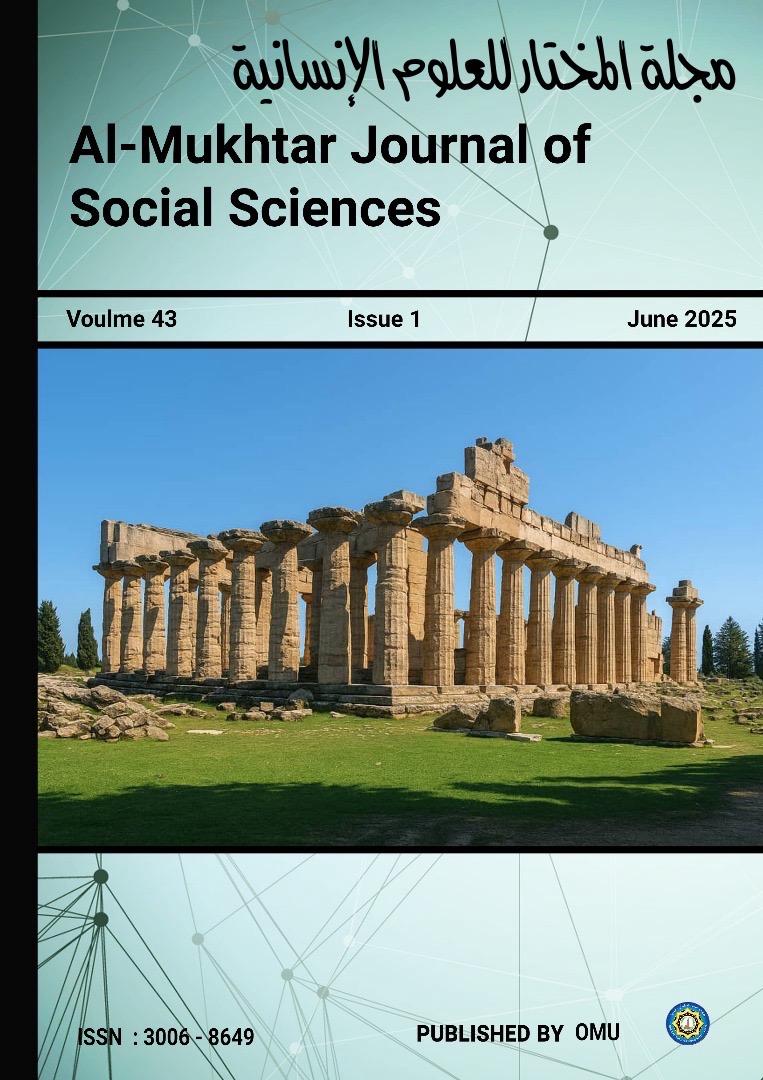Similarities and differences between the architectural elements of Byzantine churches in the Cyrenaica region
DOI:
https://doi.org/10.54172/r2cp4a77Keywords:
Early churches, Cyrenaica, architectural elements, Byzantine churchesAbstract
This study deals with the church buildings that were built in the Cyrenaica region during the Byzantine Empire in the 5th and 6th centuries AD. These buildings are considered early examples of churches. This study relied on excavation reports and archaeological surveys conducted on churches that had not been excavated. The research methodology was to compare the architectural elements in these buildings and the building materials techniques. The results of this research are that the building materials were local, except for the marble and wood used in the ceilings, which were imported from the Mediterranean basin. The mosaic floors inside the churches were most likely laid by technicians who came from outside the region and trained the local church technicians. Also, the number of churches built east of Wadi al-Kuf were more than those built west of it. It can be concluded from the size of the rural churches and the amount of decoration in them that the economic situation in the region was prosperous during the fifth and sixth centuries AD.
References
Downloads
Published
Issue
Section
License
Copyright (c) 2025 Mohamed ebrahim Mohamed, Mohamed Abdrbba (Author)

This work is licensed under a Creative Commons Attribution 4.0 International License.
Copyright of the articles Published by Almukhtar Journal of Social Science (MJSSc) is retained by the author(s), who grant MJSc a license to publish the article. Authors also grant any third party the right to use the article freely as long as its integrity is maintained and its original authors and cite MJSSc as the original publisher. Also, they accept the article remains published by the MJSSc website (except in the occasion of a retraction of the article).














